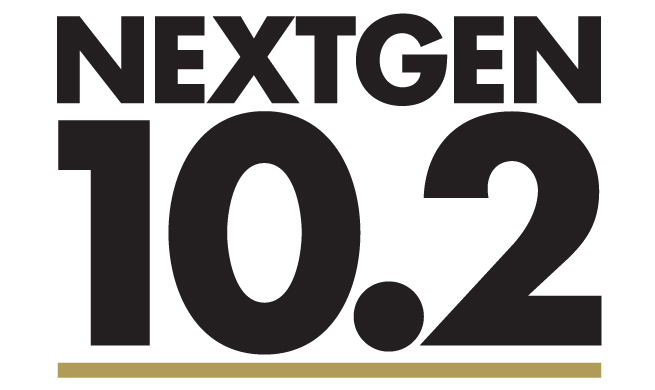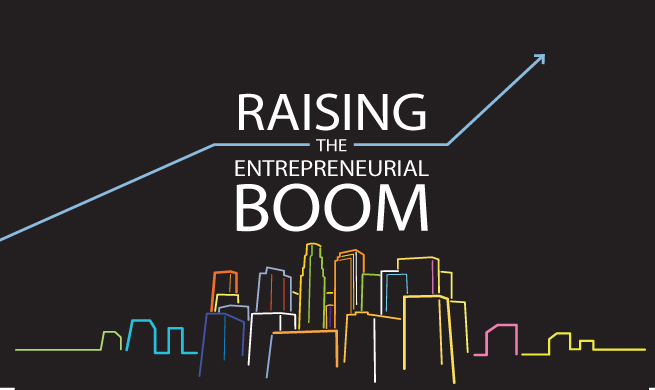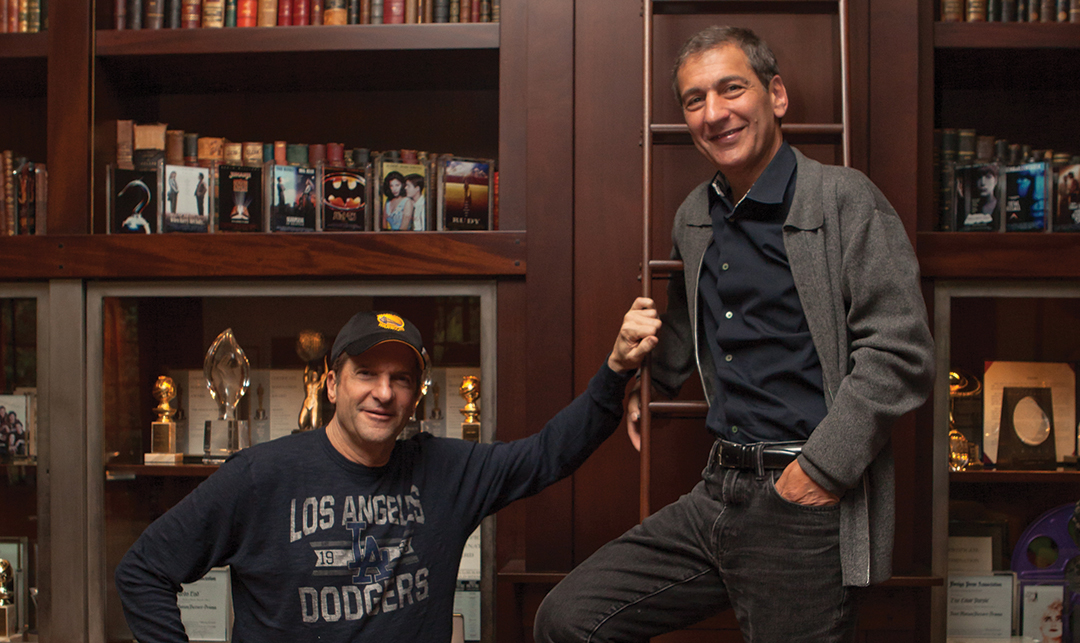Leadership presence is often described as the “it factor”—that blend of confidence, authenticity, and gravitas that signals that a leader belongs in the room. It consistently ranks as one of the most important traits for executive success. Yet despite decades of research and development efforts, it remains rare and hard to define.
And yet, our decade-long research across 900+ executives reveals that leadership presence is not only the strongest differentiator of top talent, but also the lowest-scoring and rarest trait in our leadership assessments. That paradox—the most valued trait is also the most elusive—demands a closer look.

THE TROUBLE WITH DEFINITION
Leadership presence is a moving target. Early frameworks emphasized gravitas, communication, and executive style, but these vague markers left too much to interpretation. In practice, presence has become a placeholder for whatever we subjectively associate with “executive material.” This ambiguity makes it easy to value leaders who match our unconscious image of leadership while overlooking those with different but valuable leadership styles.
It also makes development difficult. When leaders are told to “work on presence” without clear guidance, they’re left guessing. Organizations often default to surface-level fixes: polish delivery, refine speaking cadence, or exude confidence. But that treats the symptoms, not the root. It fails to address the core of what inspires followership and confidence: trust, integrity, consistency, and awareness.

WHY TRADITIONAL TRAINING FALLS SHORT
Most presence-building programs focus on outward behaviors such as body language, tone, and communication style. While these tools are valuable, true presence is grounded in not only what is projected externally, but also in a set of internal skills and traits—in other words, substance. This includes decision-making under pressure, emotional intelligence, integrity, and the ability to sustain trust. A leader’s capacity to remain steady amid complexity, navigate ambiguity with clarity, and act decisively while remaining reflective are qualities that form the foundation of lasting leadership presence, the kind that naturally inspires “followership.”
And yet, traditional approaches focus on polish. Why? Because it’s easier to teach. You can coach someone to improve their delivery, but it’s harder to develop the kind of presence that comes from repeated experience in high-stakes, high-trust scenarios. Moreover, the nature of work has evolved, and now includes hybrid teams, digital leadership, and asynchronous influence. A strong voice and confident stance don’t translate well over Zoom and they don’t go far enough. Presence today isn’t just about polish or performance. It’s about substance and depth. It’s the combination of external expression and internal steadiness—how leaders show up with consistency, clarity, and credibility in uncertain, complex environments.

RETHINKING THE PATH FORWARD
Here’s what organizations and leaders can do differently:
- Define presence with precision: Ditch vague labels. Translate presence into clear behaviors that build trust, signal credibility, and drive influence—tailored to your culture. Is it instilling calm in chaos? Speaking with clarity under pressure? Make “what good looks like” unmistakable and leave room for different paths to get there.
- Broaden the leadership prototype: Presence isn’t one size fits all. Champion diverse expressions including different voices, energy levels, and styles of authority. When the model expands, more leaders can see themselves in it and show up authentically.
- Build substance before style: Prioritize experiences that develop sound judgment, emotional maturity, and self-awareness. These form the core of authentic presence. Presence isn’t how you walk into a room—it’s how people feel when you walk out.
- Invest in feedback and mentorship: Don’t leave presence to chance. Normalize specific, constructive feedback on presence. Create space for honest, actionable feedback. Offer mentorship and coaching focused on substance, not optics. Use real scenarios to help leaders refine their presence in moments that matter.
- Reward the real thing: Presence isn’t performance; it’s earned. Recognize leaders who command respect by being consistent, clear, and real. Authenticity isn’t soft; it’s strategic. People don’t follow polish; they follow what’s real. The real “it factor.”
Leadership presence isn’t a mystical quality—it’s the visible outcome of credibility, integrity, and trust built over time. It’s forged in complexity, refined through pressure, and reinforced by behavior that signals steadiness, clarity, and conviction. If we stop chasing charisma and start investing in substance, we’ll not only close the development gap; we’ll also cultivate leaders who command the room not by force, but by earned respect.
Let’s stop mistaking presence for polish, and seeing it for what it truly is: the visible edge of depth, steadiness, and trust.
Susan Ko joined Vantage as a Partner in 2023, bringing her expertise to advising clients across diverse industries, unlocking leadership excellence at the individual, team, and organizational levels.
Melissa Regester joined Vantage in 2016 through its intern program and is now the Research and Data Science Lead, where she brings an analytical approach to leveraging data, client deliverables, and research projects.












































